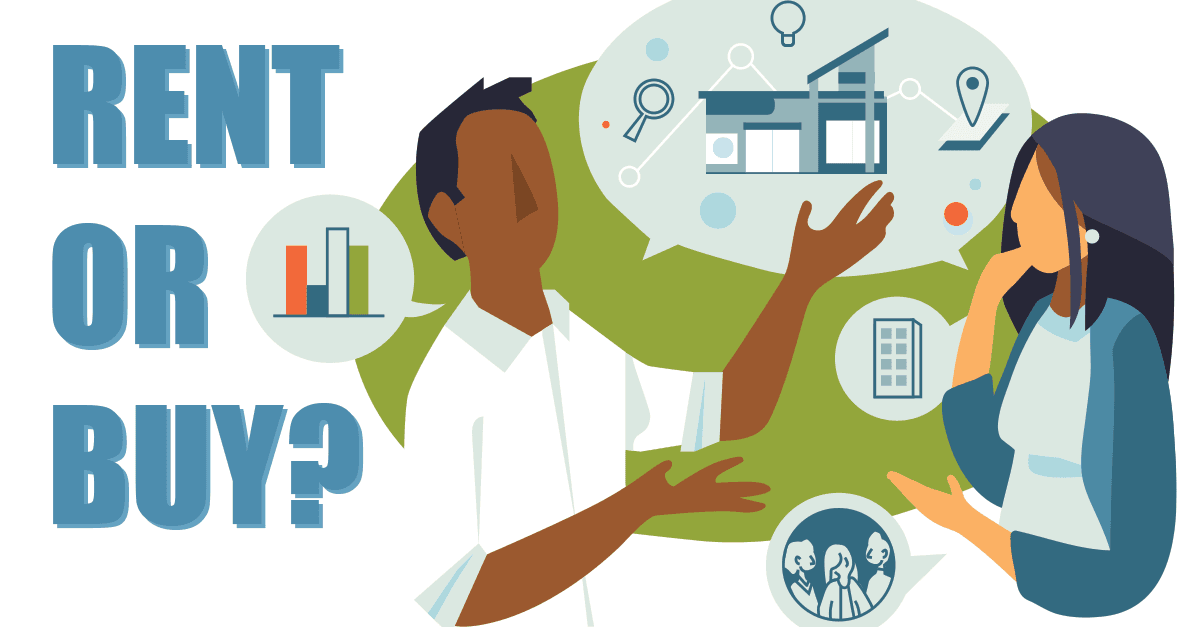Rent or buy, which is the best option for your credit union’s next branch?
If you’re going through a location selection process, you may have many competing voices telling you that one or the other is the better option. But we recommend doing the math independently and understanding how each option would impact your bottom line.
The Cost of Renting
Let’s look through a lease for a property in a small Washington city.
The property is 3,500 square feet for a 7-year lease at $32 per square foot annually.
The monthly rent comes out to $9,333.
In addition to this, the landlord charges triple net. This covers real estate taxes, building insurance, and maintenance. Our example lease has a typical triple net rate of $6.50 per square foot per year. The monthly cost comes out to $1,896.
The lease also come with a 2.5% annual escalation rate for inflation. Over the 7 years of the lease, rent rises from $9,333 per month to $10,083.
Summing the escalating rent with the triple net, you get a 7-year rental cost of $1,004,532 with an average monthly cost of $11,959.
The Cost of Buying
In the same market, a 4,800 square foot freestanding retail building, a former bank branch with a drive-through and 16 parking spaces, is listed at $2,000,000.
As a purchased property, this building will be depreciated over 30 years. That comes out to $5,556 per month.
Now let’s break down what the triple net equivalent would be for the owner.
The real estate taxes are $11,626, or $970 per month.
Insurance costs up to $3000 per year per million dollars of coverage. For this property, factoring in the value of the property and improvements, you may be looking at $9,000 per year or $750 per month.
Commercial building maintenance averages around $2.15 per square foot. For this building, that comes out to $10,320 or $860 per month.
This brings the triple net equivalent to $2,580.
Comparing the coverage of rent and triple net for the leased space, the owned property comes out to $8,136 per month.
On top of this, it’s important to consider that in the ownership scenario the property is appreciating.
Other Considerations
In our example of a small city property, ownership came out on top. But this isn’t always the case. In expensive areas and larger cities the math could work out in favor of renting.
Business objectives could also push the value one way or the other. For example, if the objective is walk-up traffic in a specific neighborhood, there may not be properties available to purchase. Or if a drive-through is needed, purchasing a stand-alone property could be the best option.
This is a complex decision and cost is only part of the equation, but it's an important part to understand up front.
Let Momentum Help
We can help guide you through this process. Our market analysis can help you find the next best locations, or even understand the impact of renovating or closing individual branches. We can also demystify the costs of renting or buying with a Total Investment Analysis that captures every cost involved with the purchase/lease, design, build, and operation of a property.
Want to learn more? Fill out the form below to set up a meeting! And in the meantime, check out our Learn the Process series.

